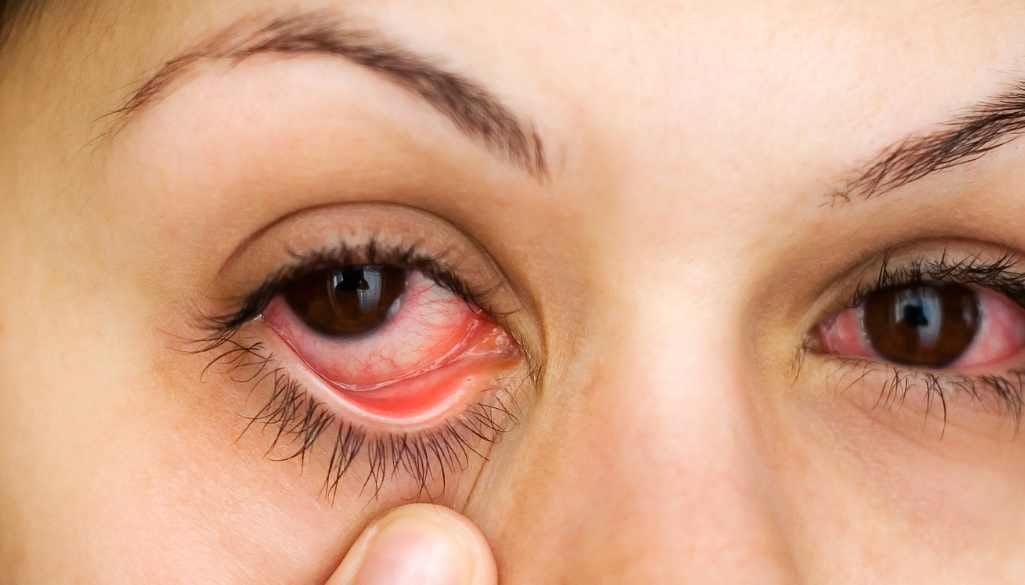
Hooded eyes, also known as saggy eyelids, are defined by excess skin that droops from the brow bone to the lash line, covering the eyelid crease and giving the appearance of smaller eyes. While some people naturally have this eye shape, others may develop it over time due to factors such as ageing, lifestyle choices, or specific medical conditions.
In severe cases, saggy eyelids can hinder vision, making activities like reading more challenging. Whether you’ve had hooded eyes since birth or developed them later, there are several methods to address this issue, ranging from home remedies to surgical procedures.
Continue reading to explore “what are hooded eyes,” how you can identify them, and the different treatment options available to help create a more open and rejuvenated appearance for your eyes.
What are Hooded Eyes?
Hooded eyes are a common facial characteristic that results from a small flap of extra skin beneath each eyebrow. They may also be called “hooded eyelids.” Just like your hair colour or whether your earlobes are attached, the shape of your eyes is simply one of many inherited traits.
If you look at yourself in the mirror, you can likely determine if you have hooded eyes. Open your eyes naturally – if most (or all) of your upper eyelids are covered by the skin beneath your brow bones, there’s a good chance you have hooded eyelids. Hooded eyes typically become more prominent as individuals get older.
How to Identify Hooded Eyes?
When looking straight ahead into a mirror, excess skin between the eyebrows and eyelashes may cover the crease. Below are a few ways to identify hooded eyes:
Visible fold – Look for a visible fold on your upper eyelid when your eyes are open.
Skin close to lash line – If the skin under your brow bone touches or nearly touches your lash line, it’s a sign of hooded eyes.
Difficulty in applying makeup – If you struggle with applying eyeshadow or eyeliner and find that it disappears when your eyes are open, you may have hooded eyes.
Eyelid space – Those with hooded eyes typically have minimal or no eyelid space and instead possess a deep crease.
Eyelid Appearance – If you often receive comments about your eyes appearing smaller, tired, or sleepy, it could indicate hooded eyes.
How to Treat Hooded Eyes?
Hooded eyelids are frequently a natural aspect of ageing and typically do not require concern. However, there may be certain situations in which you may consider seeking treatment for your hooded eyelids.
Surgical Treatments for Hooded Eyes
The most effective surgical options for hooded eyelids are upper blepharoplasty and brow lifts. Surgery for hooded eyes offers a lasting solution.
Upper Blepharoplasty
Upper blepharoplasty involves the removal of excess skin and fat from the upper eyelids to reduce the hooded appearance. This procedure creates a more defined eyelid crease, resulting in eyes that appear more open and alert. The surgery for hooded eyes requires a small incision along the upper eyelid crease, through which any extra skin and fat causing the eyelids to droop is removed. The incision is carefully sewn using precise techniques to minimise visible scarring.
Brow Lift
This aesthetic procedure aims to elevate the eyebrows and give the forehead a refreshed appearance. Throughout the surgery, doctors manipulate the skin and gentle tissue in the forehead to smooth out any wrinkles. By raising the deeper muscles of the forehead, a forehead lift elevates the eyebrows and lifts the upper eyelids, resulting in a wrinkle-free forehead and eyes that seem more open.
Non-Surgical Treatments
When considering non-surgical options for addressing hooded eyes, it’s important to explore the following treatments:
Dermal Fillers: Injectable dermal fillers are strategically used to add volume and enhance contours, effectively addressing sagging in the eyelids.
Radiofrequency Treatments: These treatments deliver controlled thermal energy to stimulate collagen production, leading to tighter and firmer skin around the eyes.
RF Microneedling: This treatment is for the upper and lower eyelids and the area around the eyes. It helps boost collagen production and make the skin firmer. This treatment is good for reducing crow’s feet, eye bags, hooded eyes, and dark circles. After the treatment, you can expect smoother, firmer skin and enhanced eye and brow definition.
Home Remedies for Hooded Eyelids
For those looking for a natural approach, here are some home remedies that may help reduce the appearance of hooded eyelids:
- Facial exercises: Strengthen the muscles around your eyes to minimise hooding.
- Cucumber slices: Apply to your eyes to reduce puffiness and inflammation.
- Tea bags: Use green or black tea bags to reduce puffiness and dark circles.
- Egg white mask: Tightens skin and reduces the hooded look.
- Aloe vera gel: Soothes and hydrates the eye area.
- Coconut oil massage: moisturises and may reduce the appearance of saggy skin.
While these remedies offer temporary relief, it’s important to consult a healthcare professional if hooded eyelids persist or cause additional issues.
Conclusion
Hooded eyes are a common facial feature indicated by an excess of skin that drapes down from the brow bone over the upper eyelids.
The visibility of hooded eyelids can be reduced using a number of natural treatments and lifestyle modifications. However, if you’re interested in a more permanent fix for your hooded eyes, the upper eyelid blepharoplasty in Leeds procedure can help you achieve that.
While hooded eyelids can be an aesthetic worry, there are numerous approaches to address and avoid them. It’s crucial to prioritise eye health and seek professional advice when necessary.
